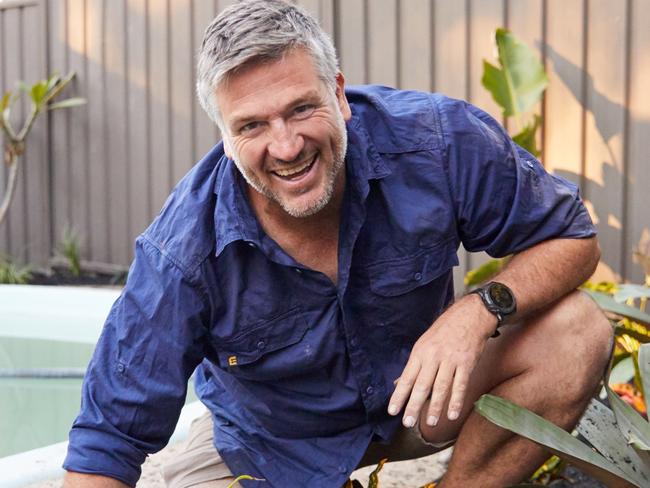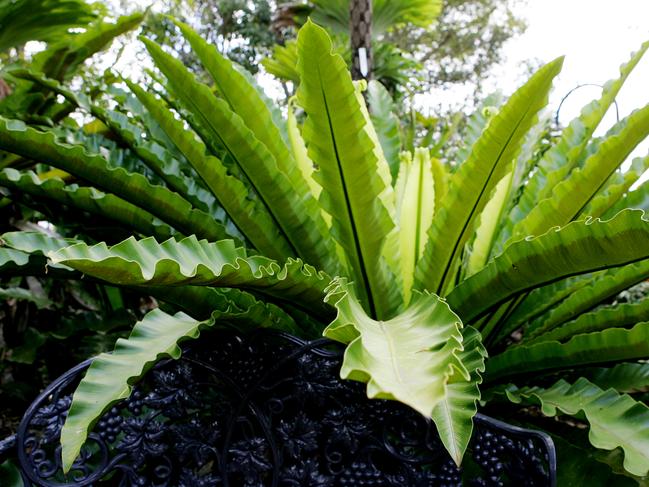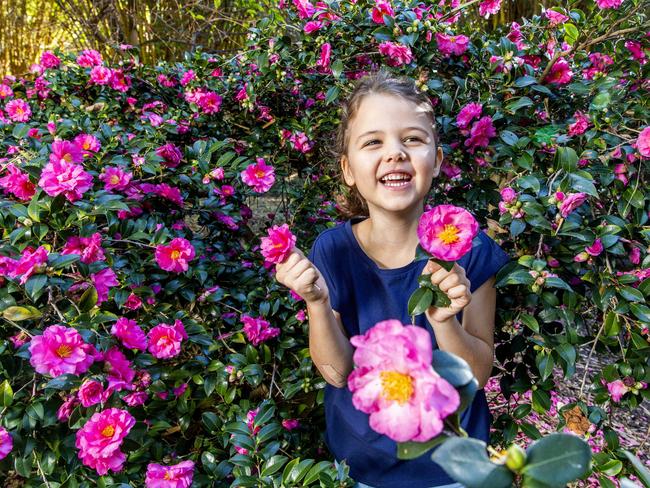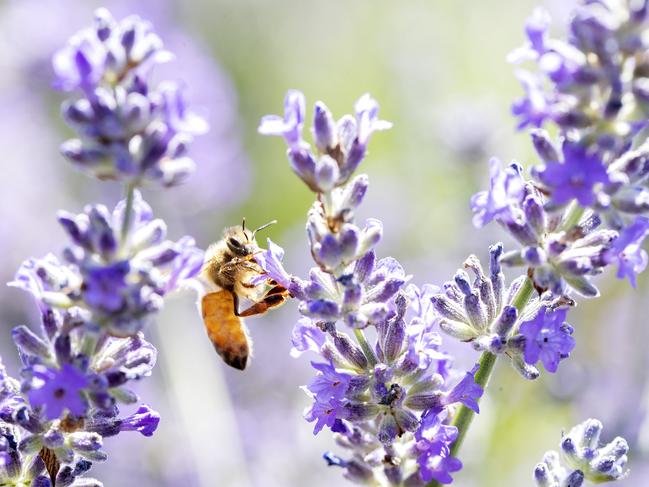What is a sensory garden? Create a backyard that stimulates all of the senses
Anyone can create a sensory garden that stimulates the five senses we do have and more.
Home
Don't miss out on the headlines from Home. Followed categories will be added to My News.
If tending your patch feels like a chore, remember that most people don’t have a natural sixth sense when it comes to gardening. But anyone can create a sensory garden that stimulates the five senses we do have: sight, sound, touch, smell and taste.
Throw in the theory that gardeners live longer and are less stressed, plus all the physical and mental health benefits confirmed in research by Queensland Health, RMIT, Western Sydney University, Wellbeing SA and many more, and there are great reasons to get out and start digging.

WHAT IS A SENSORY GARDEN?
A sensory garden stimulates our senses distinctly and in combination by design, all while connecting us to nature, helping us to appreciate our surroundings in a calm and peaceful environment. Their purpose and design are as diverse as each individual’s experience within one.
Sight
The easiest and most obvious starting point is sight. So many available plant varieties suit all Australian climates, so it really doesn’t matter whether you’re at the top of Queensland or in a much milder climate in Victoria.
You can create a visual festival of colour, texture, shape and size wherever you are.
Visually stimulating plants could include such things as ferns, palms and native grasses. Create your own combination of colours using brightly coloured flowering plants such as gazania, roses, hydrangea, agapanthus and so on.

Try and choose plants that flower for longer and in multiple seasons. Small shrubs such as nandina, tibouchina, gardenia, rhaphiolepis are pretty, hardy and low maintenance. Height can be a visual cue, so think about the top tier drawing your eyes up to the sky by planting magnolia “teddy bear”, camellia, bamboo and many syzygium varieties. Aside from bamboo, all these will flower, attracting beautiful birds to enjoy.
Sound
Birds are a visual stimulus and an aural one too. The warble of a magpie, the screech of a cockatoo and the unmistakeable laugh of the kookaburra are all unique. I encourage you to add bird feeders, baths and nesting boxes to your sensory garden to encourage wildlife to visit and return.
Plant selection is important for sound – think native grasses rustling in the breeze, casuarina trees whistling in the wind and the large leaves of a heliconia scratching together. Choose flowering plants for buzzing bees and their crucial work pollinating flowers.
Wind chimes and water features add extra layers to nature’s auditorium. It can be as simple as the unmistakeable sound of gravel crunching under your feet as you walk the garden path.

Touch
Lawn, mulch, gravel and bark all have their own texture and feel. Ferns with furry leaves, magnolias with their velvety underbelly, and rhaphiolepis with a smooth leathery leaf are all great choices in a sensory garden. Plant choice in this category should be considered wisely. You need to choose robust plants that will cater to being touched. Anything delicate or fragile will not survive; succulents would be a very handy addition, but avoid cactus. We encourage the sense of touch in this style of garden.
Add things like wrought iron gates, a steel sculpture or a feature boulder to sit on and rub your hands against. All helping with aesthetics, structure and helping tell the brain a story.
Smell
Jasmine, murraya, rosemary and lavender will all provide a pungent perfume, but the smell of a fresh cut lawn gives me a warm fuzzy feeling. Smell is extremely important in a sensory garden as it opens the experience to people with vision impairments, who rely on this sense for a picture of what is in their surrounds.
Smell in your sensory garden needs to be well planned. A plot of herbs in a well-lit corner, rosemary or lavender along a

path that can be brushed past or a rose garden all provide a party in the nostrils.
Many colour combinations can be arranged and forgiven, but mixing certain scents together is a recipe for disaster.
Space your scented plants in zones to get maximum benefit.
Taste
Do not put anything in your mouth if you are unsure – not even if it looks edible.
If in doubt, do your research before planting to avoid poisonous species. Putting signs on what can and can’t be eaten is a small insurance policy and removes any confusion for visitors. Herbs and vegetables are always a winner but require a lot of effort and a designated area. By all means plant them, but in my opinion they’re not particularly aesthetically pleasing.
The native syzygium species has different varieties that bear edible fruit, some tastier and less tart than others. These can be eaten fresh and I am told make excellent jams and chutney. French marigolds, violets, viola and hibiscus are all in this category.

Come Alive
Wizard-like concoctions of sensory stimulus just need a bit of thought. Consider each component and have an awareness of what materials, foliage, smell, texture and colour complements the others and you will have a garden that gives you and others great enjoyment. Gardening should be fun – and it has the bonus of being cheaper than therapy.
Selling Houses Australia season 15 is coming soon to Foxtel.
Dennis Scott is a Presenter and Landscape Gardener on Foxtel’s Selling Houses Australia.




